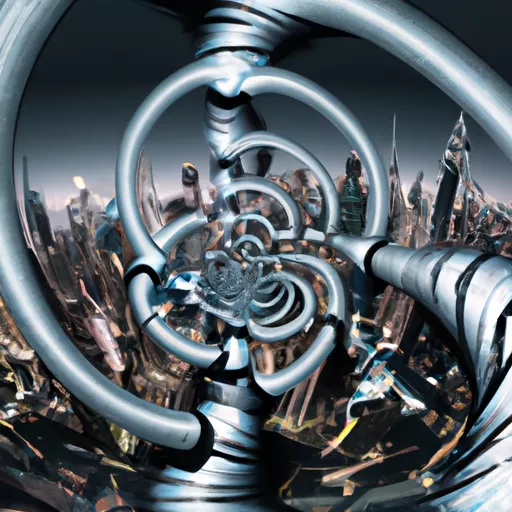
Web design is the art of creating virtual worlds that we call websites. It combines various disciplines such as design, programming, marketing, and psychology to create a unique and appealing space on the internet.
The main goal of web design is to provide users with a positive and convenient experience interacting with a website. Designers strive to create a beautiful and intuitive interface that will attract and retain the attention of users. This is achieved through the use of various design elements such as color, typography, composition, and visual effects.
Color is one of the most important elements in web design. It can evoke emotions and convey the mood of a site. For example, the use of bright and saturated colors can create an energetic and dynamic image, while neutral and earthy tones can create a calm and relaxing atmosphere.
Typography is another important element that helps convey a message and control the user's attention. Well-matched font pairs can create a harmonious and polished look for a website. In addition, skillfully used font sizes and styles help highlight important information and make it more noticeable.
Designers also use composition to organize content on a page and create a path for the user to navigate through the site. The main goal of composition is to provide logical order and balanced distribution of information on a page. Web designers must consider various factors such as visual balance, element grouping, and readability.
Visual effects also play an important role in web design. They can add interest and movement to static content and make a website more appealing to users. Effects such as parallax scrolling, animations, and transitions can help capture the user's attention and highlight important elements on a page.
Web design must also be responsive, ensuring that a site displays correctly on various devices and screens. With mobile traffic constantly growing, web designers must consider the different scenarios in which users will view a site. This means creating a responsive design that allows a site to automatically adjust its size and layout based on the device's screen size.
In addition to aesthetic factors, web design must also be functional. Designers need to provide convenient navigation so that users can easily find the information they need. They must also ensure good readability and accessibility for all users, including those with disabilities.
Web design is a constantly evolving industry that changes along with technological progress. New design trends, such as flat design, minimalism, and microinteractions, continually emerge and become popular. Designers must constantly learn and adapt to these changes to remain relevant and competitive in the market.
Web designers play a crucial role in creating a virtual space that connects people from around the world. They create websites that not only inform and entertain but also engage users in interactive interaction. Their work is of great importance for the success of businesses and the transmission of information in the online world.
Web design not only implements creative ideas but also helps organize information, create user interfaces, and convey visual and emotional impressions. Web designers are people who combine drawing and programming, and their creativity and unique perspective on the world help create beautiful and useful things.


